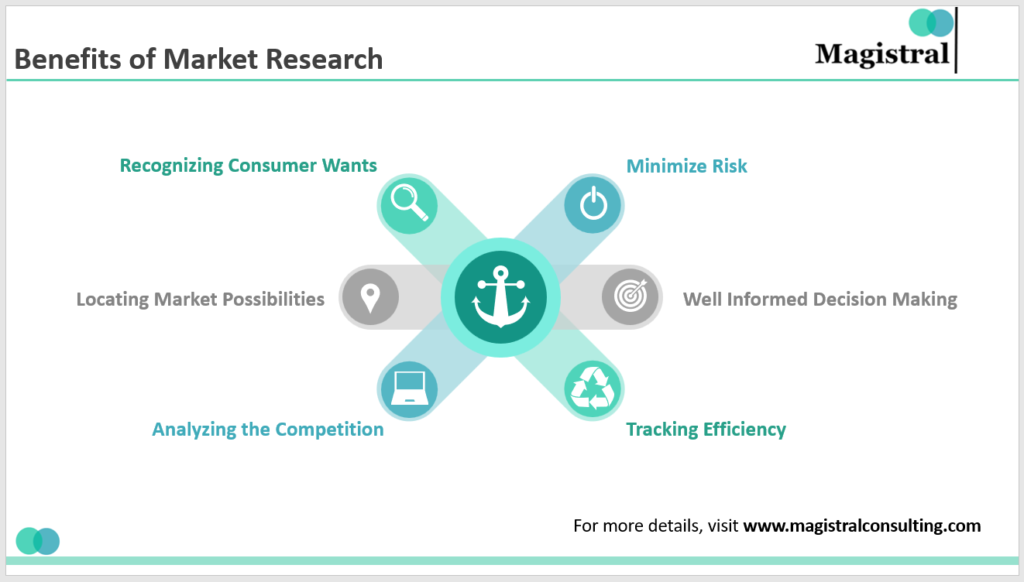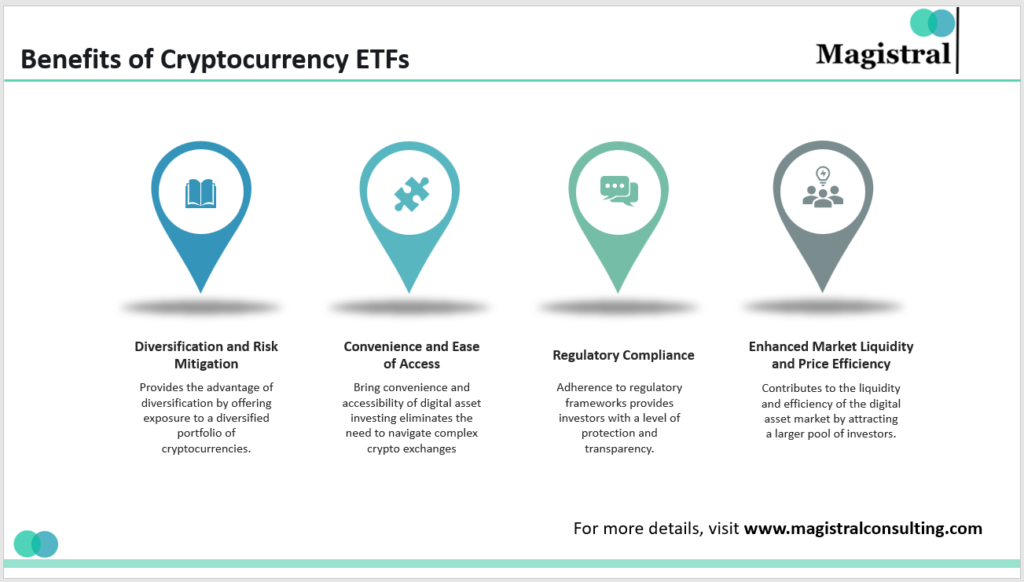Introduction
The acquisition of the goods and services required to maintain and expand the organization is the primary function of procurement in every commercial activity. But, procurement can be an expensive, time-consuming, and frequently difficult process to manage well. Businesses may use the technique of procurement cost reduction to save costs while preserving the calibre of the products and services they acquire.
In today’s highly competitive business environment, procurement cost reduction has become a critical factor in achieving profitability and long-term success. The rising cost of raw materials, increasing global competition, and economic uncertainties have made it imperative for businesses to focus on cost-saving measures. As a result, procurement cost reduction has emerged as an essential strategy that can help businesses stay competitive and achieve their financial objectives.
The process of procurement cost reduction entails assessing the procedure, locating inefficiencies, and putting policies in place to expedite, lower expenses, and boost effectiveness. A comprehensive comprehension of the procurement process is necessary, encompassing supplier selection, contract negotiation, purchasing, and payment procedures.
Consolidating suppliers is one of the best strategies to cut procurement costs. Businesses can negotiate lower pricing, expedite the procurement process, and lessen the administrative load of managing several vendors by grouping their suppliers. Procurement cost reduction can also be achieved by optimizing inventory levels. Businesses can minimize expenses associated with handling and storage, prevent stockouts, and save waste by keeping an adequate quantity of inventory.
Utilizing technology can also assist companies in cutting their purchase expenses. Software for procurement automation can increase accuracy, decrease manual error, and streamline the procurement process. Additionally, it can offer real-time analytics and data, which empowers companies to uncover opportunities for additional cost savings and make well-informed decisions.
Procurement Cost Reduction Strategies
Procurement cost reduction strategies are essential for businesses to stay competitive, save expenses, and increase revenues. A few of the intricate steps that comprise the procurement process are choosing suppliers, negotiating contracts, making purchases, and handling payments. Wasteful expenditure can be the outcome of inefficient procurement processes, which can hurt a company’s bottom line. Therefore, businesses must use cost-reduction strategies to improve efficiency, reduce expenses, and streamline their procurement process. In this post, we’ll discuss some of the top strategies for cutting costs associated with procurement.

Procurement Cost Reduction Strategies
Consolidating Suppliers for Procurement Cost Reduction:
Consolidating suppliers is a popular procurement cost reduction strategy in procurement that involves reducing the number of suppliers a business uses. By consolidating suppliers, businesses can negotiate better prices, reduce administrative burdens, and streamline the procurement process. Consolidating suppliers can also reduce the risk of quality issues and improve supplier relationships.
Implementing a Supplier Management System:
Implementing a supplier management system is an effective procurement cost reduction strategy that enables businesses to manage suppliers effectively. A supplier management system allows businesses to evaluate supplier performance, track delivery times, manage contracts, and identify areas for improvement. By implementing a supplier management system, businesses can reduce the risk of quality issues, optimize supplier relationships, and negotiate better prices.
Optimizing Inventory Levels:
Optimizing inventory levels is another effective cost-reduction strategy in procurement. By maintaining appropriate inventory levels, businesses can avoid stockouts, reduce waste, and minimize storage and handling costs. Businesses can also reduce inventory costs by implementing just-in-time inventory systems, which allow them to order goods only when needed. Optimizing inventory levels can improve cash flow and reduce the cost of carrying inventory.
Leverage Technology:
Leveraging technology is a cost-effective way for businesses to streamline their procurement processes and reduce expenses. Procurement automation software can automate the procurement process, reduce manual errors, and improve accuracy. It can also provide real-time data and analytics, enabling businesses to make informed decisions and identify areas for further cost reduction. E-procurement solutions can also help businesses streamline the procurement process, reduce paperwork, and increase efficiency.
Negotiate Better Terms:
Negotiating better terms with suppliers is an effective cost-reduction strategy in procurement. Businesses can negotiate better prices, payment terms, and delivery times. Negotiating better terms can also improve supplier relationships and increase supplier loyalty.
Implementing Cost-Effective Payment Processing:
Implementing cost-effective payment processing is a critical cost-reduction strategy in procurement. Businesses can reduce payment processing costs by implementing electronic payment systems, which can eliminate manual processing and reduce errors. Electronic payment systems can also streamline the payment process, reduce paperwork, and improve accuracy.
Centralize Procurement:
Centralizing procurement is an effective cost-reduction strategy that involves consolidating procurement activities into a single department or team. Centralizing procurement can reduce administrative burden, improve efficiency, and reduce the cost of procurement. Centralizing procurement can also improve supplier relationships, optimize procurement processes, and increase cost savings.
Conduct Market Research:
Conducting market research is an effective cost-reduction strategy that enables businesses to identify cost-saving opportunities. Businesses can research market trends, identify new suppliers, and evaluate pricing options. Conducting market research can also help businesses negotiate better prices and identify areas for further cost reduction.
Magistral’s Services on Procurement Cost Reduction
For companies, procurement is an essential job and a major source of costs. In order to increase their bottom line, companies must therefore find ways to reduce costs associated with procurement. Procurement service providers assist firms in cutting expenses, streamlining operations, and boosting productivity by providing a range of services. We’ll talk about a few essential services for procurement cost reduction in this post.

Magistral’s Services on Procurement Cost Reduction
Strategic Sourcing:
This type of procurement entails looking for supply chain possibilities where costs can be reduced. Providers of strategic sourcing assist companies in streamlining procurement procedures, cutting costs, and enhancing supplier relations. They find the finest suppliers and bargain for better terms, prices, and conditions by using data analytics and market intelligence.
Contract Management:
Another procurement service that helps companies cut costs and streamline their procedures is contract management. Contract management companies support companies in managing supplier agreements, finding cost-saving opportunities, and guaranteeing compliance. Additionally, they offer contract drafting and negotiating services, enabling companies to bargain better terms and conditions with suppliers.
Spend Analysis:
Spend analysis is a procurement service that looks for ways to save costs by examining procurement data. Spend analysis services assist companies in recognizing inefficiencies, comprehending their spending trends, and streamlining their procurement procedures. To find opportunities for cost savings and to offer insights into procurement spend, they employ data analytics technologies.
Supplier Management:
This procurement solution aids companies in efficiently managing their suppliers. Businesses can monitor supplier performance, manage relationships with suppliers, and pinpoint areas for improvement with the assistance of supplier management companies. Additionally, they offer supplier selection services, which help companies find the finest vendors to meet their demands in procurement.
E-Procurement:
This type of procurement service uses digital platforms and tools to expedite the procurement process. Businesses may automate procurement procedures, cut down on paperwork, and work more efficiently with the aid of e-procurement suppliers. Additionally, they offer analytics and reporting solutions, which help companies find areas for additional cost savings and make well-informed decisions.
Outsourcing:
Outsourcing is a procurement service that involves outsourcing procurement processes to a third-party provider. Outsourcing providers help businesses reduce costs, increase efficiency, and optimize procurement processes. They also provide specialized expertise and knowledge, enabling businesses to focus on their core competencies.
Payment Processing:
Payment processing is a procurement service that helps businesses manage their payment processes effectively. Payment processing providers help businesses reduce payment processing costs, increase accuracy, and improve efficiency. They also provide electronic payment options, enabling businesses to eliminate manual processing and reduce errors.
About Magistral Consulting
Magistral Consulting has helped multiple companies to reduce operations costs through its offerings in Procurement and Supply Chain.
For setting up an appointment with a Magistral representative visit www.magistralconsulting.com/contact
About the Author
The article is Authored by the Marketing Department of Magistral Consulting. For any business inquiries, you could reach out to prabhash.choudhary@magistralconsulting.com





